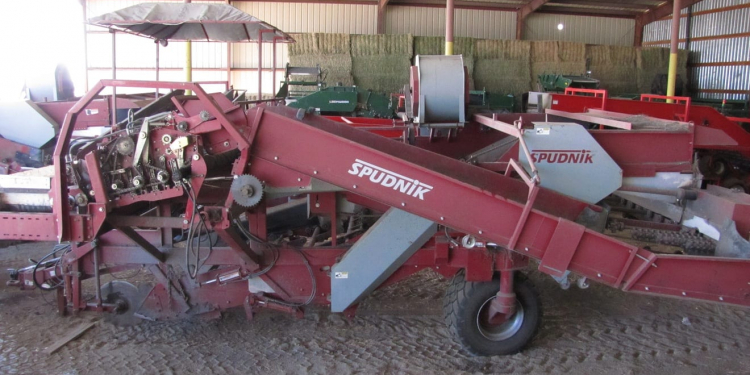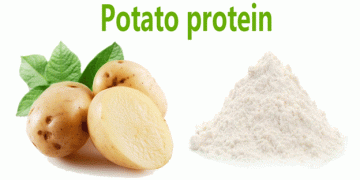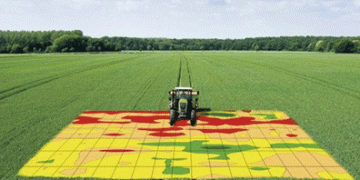Of all the equipment on the farm, planter winter are generally the most carefully protected and maintained, and usually the first to get coveted indoor storage space. I understand farmers’ attachment and care. Not only do today’s planters carry a ton of high-tech on-board electronics and delicate sensors that should be protected, planters also symbolize the potential and the hope for the crop ahead. No one wants to start a season off on the wrong foot!
Farmers are split almost evenly — about half look after rebuilding their planter in summer, and the others save the job for the quiet of winter. Either option is fine so long as you’re finished far in advance of planting. You want to be able to do the job well and with plenty of time for parts ordering so you can enter seeding with confidence.
Prepping a planter winter varies from machine to machine. However, some universal truths apply. First, get ‘er clean. Dirt and debris can hide wear spots, clog moving parts and generally get in the way of inspection, maintenance and repair efforts. While many pressure wash, I’m more of a fan of compressed air — first, washing doesn’t work well in winter for most, second, water in sensors and electronics can spell disaster.
Next, open up everything. Sure, you know to check belt tension, inspect roller chains, and repair cups/picks, etc. Those who take the time to truly work over every component of their machine not only save themselves headaches and delays come planting, they’ll extend the life of their machine too.
Remember especially to check your electrical connections for corrosion, then use dielectric grease to keep water out. And check your bearings in the covering disk hubs, watching for wobble (side-to-side play).
When in question, replace the part. Planting hours are too short and your machine is too valuable to risk on a “well, it might manage one more season” component.
Respect how hard your machine works. Planters may be designed for digging, but soil abrasion is still brutal on machinery, fertilizer eats right through metal, and constant vibration jiggles parts loose. Do everything you can to make life easier for your machine. Lubricating, greasing and replacing covers, insulation and shields are not places to try to save a buck or two.







